A Content Management System is a software application program that is used to create and manage digital content. CMS is typically used for enterprise content management and web content management.
What is Content Management System (CMS)?
A Content Management System (CMS) is a software program that allows users to create, edit, archive, collaborate, report, publish and distribute information. Its GUI makes WebPages interactive and user friendly.
It uses two essential components to create web pages.
1) HTML (Hypertext Markup Language)
2) CSS (Cascading Style Sheet)
In recent years there are some distinct differences pertaining to CMS, WSMS, and ECM.
What is Enterprise Content Management (ECM)?
An ECM facilitates collaboration in the workplace by integrating document management, digital asset management, and records retention functionalities, and providing end-users with role-based access to the organization’s digital assets.
What is a Web Content Management System (WCMS)?
A WCMS facilitates collaborative authoring for websites. ECM software often includes a WCM publishing functionality, but ECM WebPages typically remain behind the organization’s firewall.
How do CMS works?
A CMS allows users to manage content from an internal user interface. In a market, there is plenty of CMS software which is quickly installed. Most of the software’s are easy to install, open-source, and free.
Here is a list of the popular CMS platforms.
The most popular platform is “Word Press”. Word Press is open source with multi-faceted features, templates, themes, and plugging and take no time to install and create live websites. Word Press is the de facto software used by approximately 75 million websites.
Example of Word Press content management system
Let’s start with creating a piece of content. Without a content management system, you’d need to write a static HTML file and upload it to your server (sounds complicated, right?).
With a content management system like Word Press, you can just write your content in an interface that looks a good bit like Microsoft Word:
Similarly, to upload and manage media, like images, you can just browse the media library instead of needing to actually interact with your web server directly:
What makes up a Content Management System?
In a technical aspect there are two-core parts of the Content Management System:
A Content Management Application (CMA)
CMA allows you to actually add and manage content on your site.
A Content Delivery Application (CDA)
CDA is the backend, behind-the-scenes process that takes the content you input in the CMA, stores it properly, and makes it visible to your visitors.
Feature of CMS
Content management
It helps you to easily create, edit, and manage posts and web content.
Presentation
Customers jump from device to device, and no marketing org can put human effort into optimizing every blog post or catalog page for laptop, tablet, and top Smartphone formats. You want to create it once and have the CMS automate the presentation to suit the device.
Integration
It relies on APIs to connect your content to other applications such as CRM and ERP tools.
Multilingual support
In research notes that more than 75% of Internet users don’t communicate in English and require content to be translated into their native language, or ‘localized.’ Additionally, global firms who cater to international clientele need their sites to be equipped with multiple translations.
Security
It is a key concern of web applications. Security attacks are far too common to jump onboard a standard CMS with little to protect your company data. Hackers today can essentially assume control over the look, feel, and content of websites.
SEO Friendly
The primary reason why a website is built is to make content available for everyone. But nowadays that can only happen when your site gets a good rank on search engines. So, choosing a CMS which has good Search Engine Optimization capabilities is a must.
For more articles –



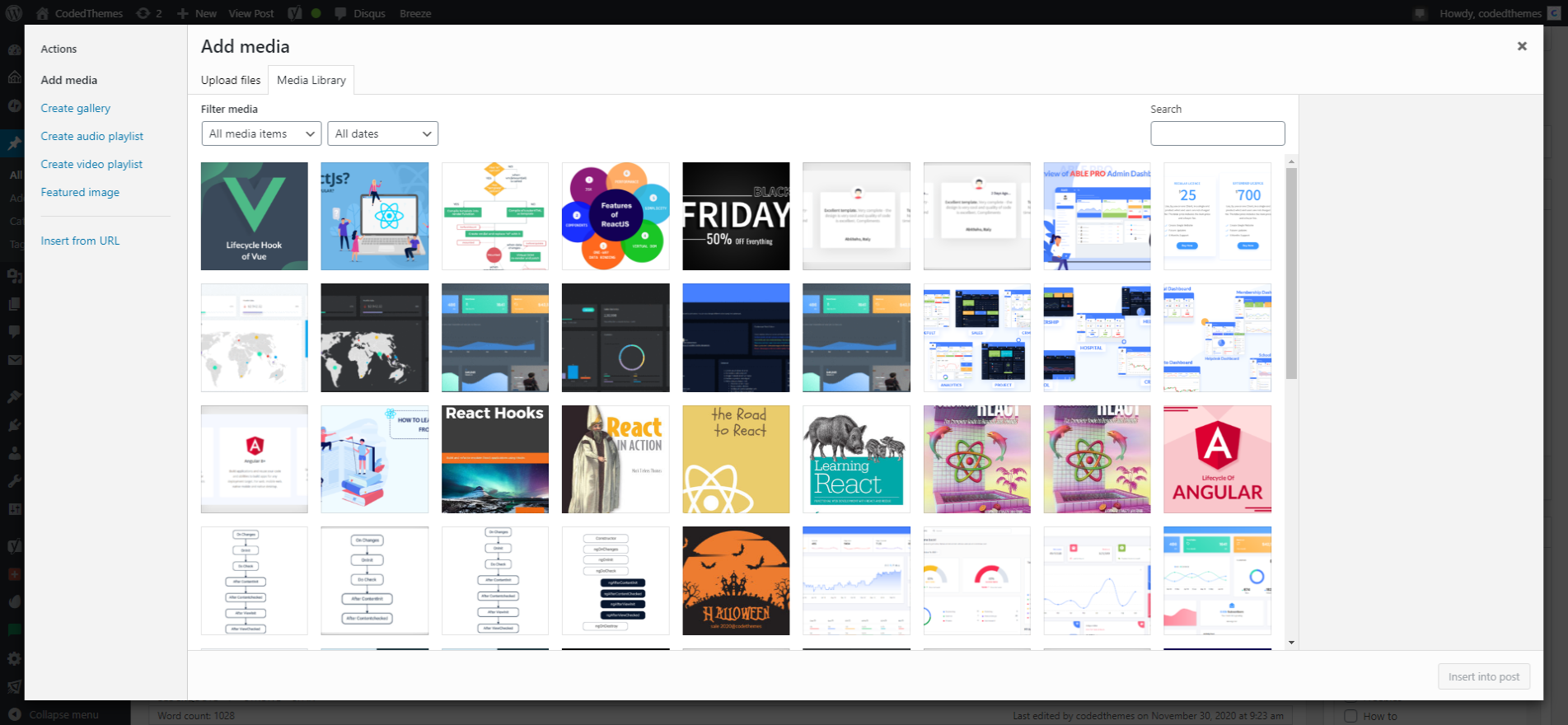
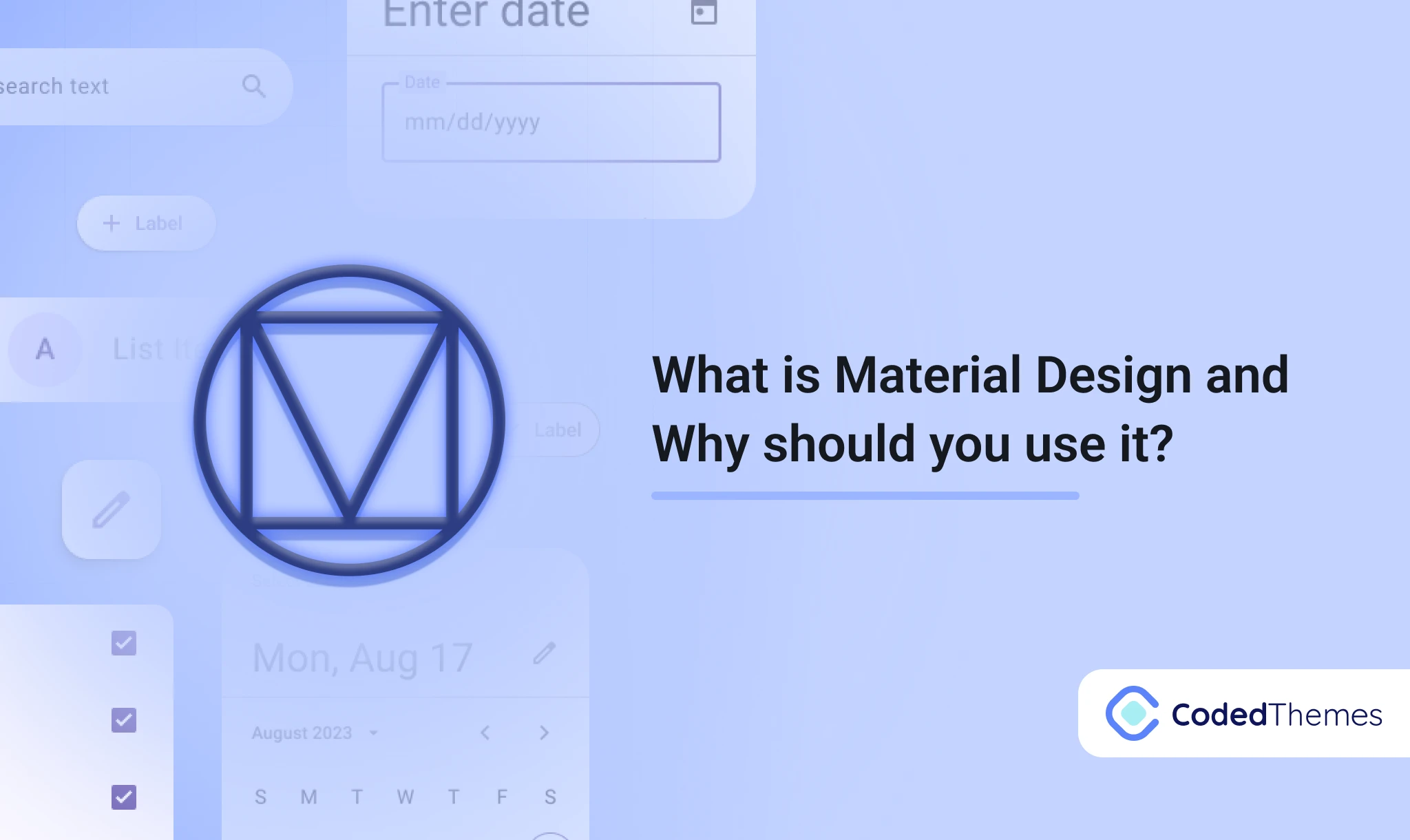

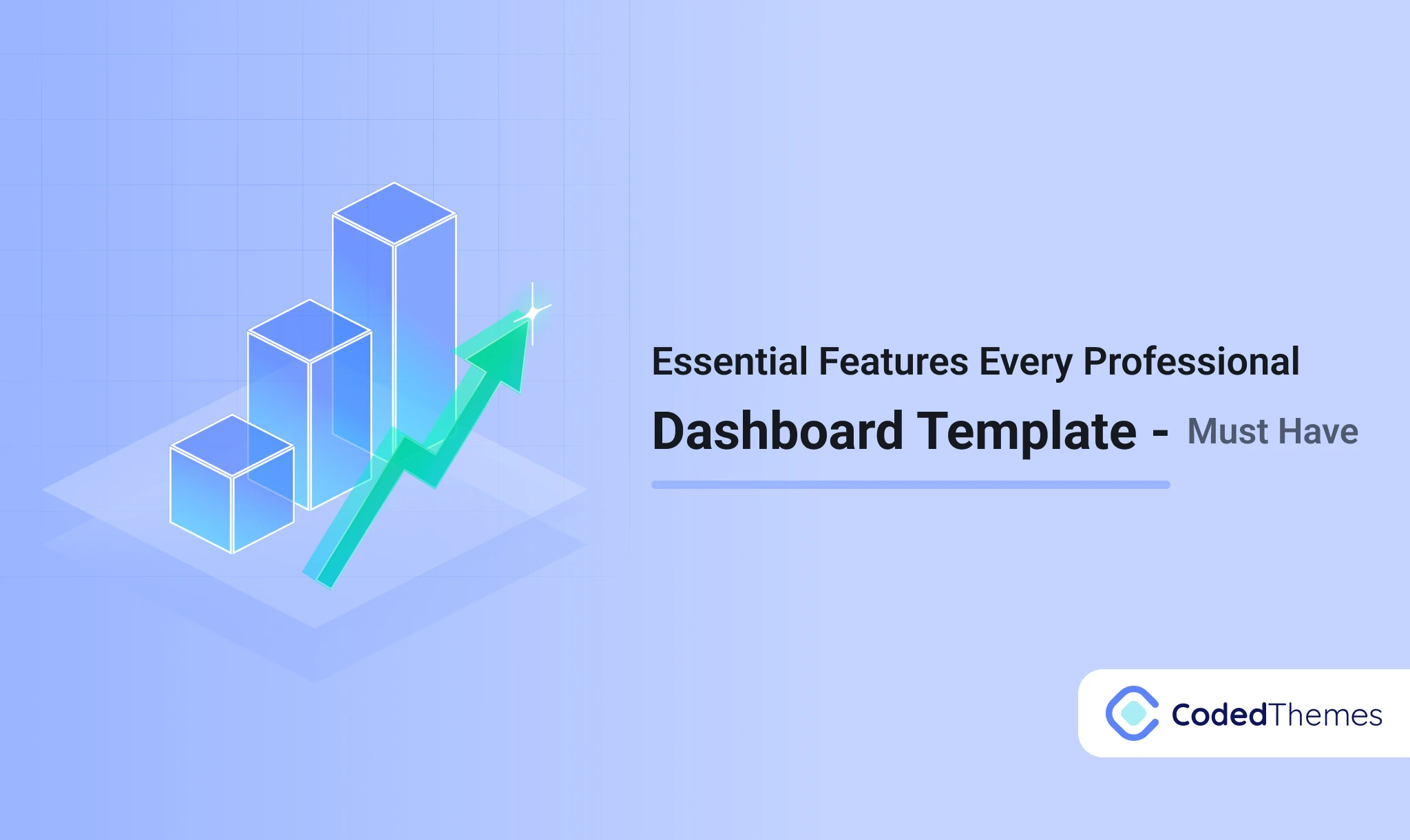

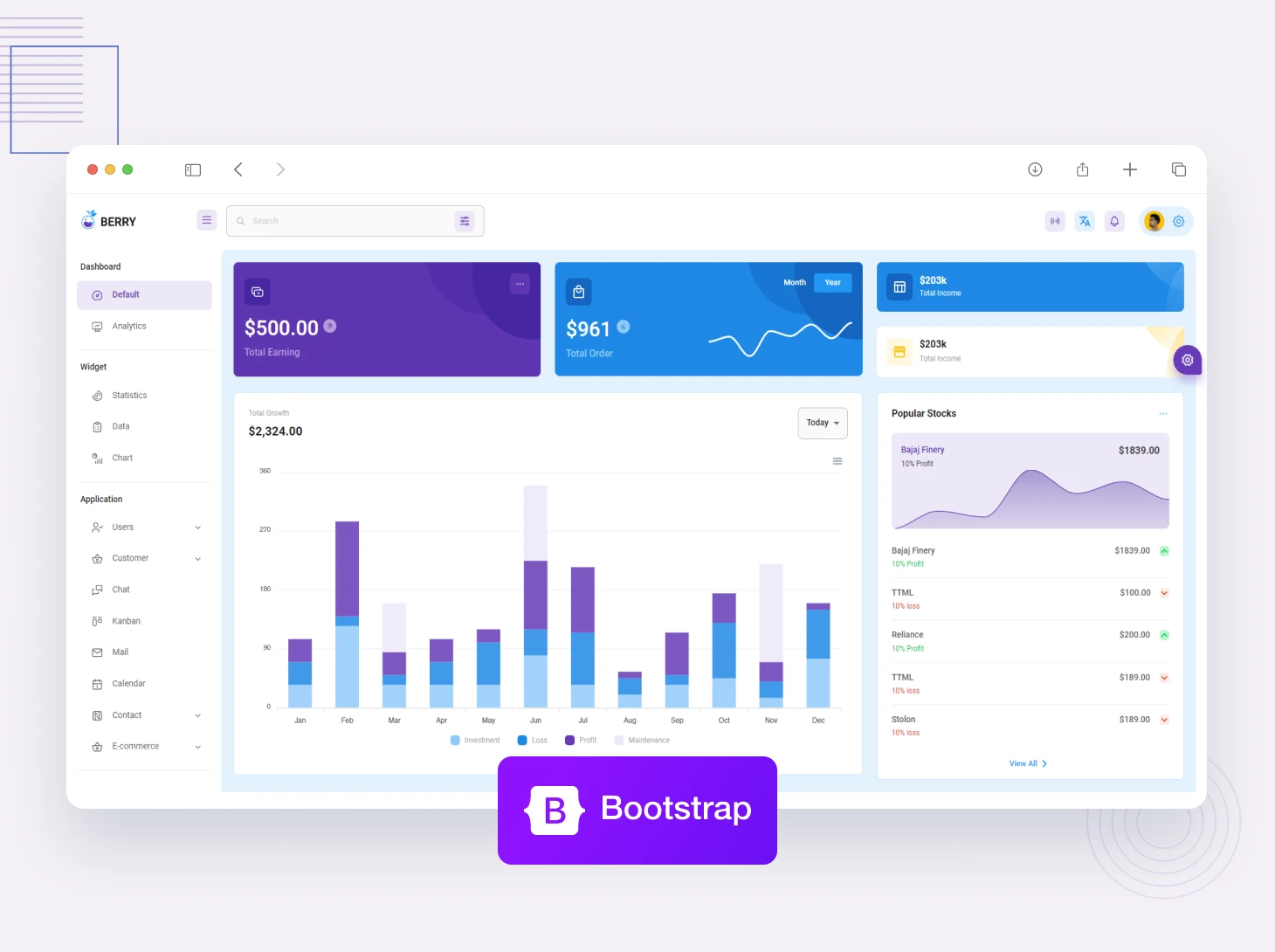

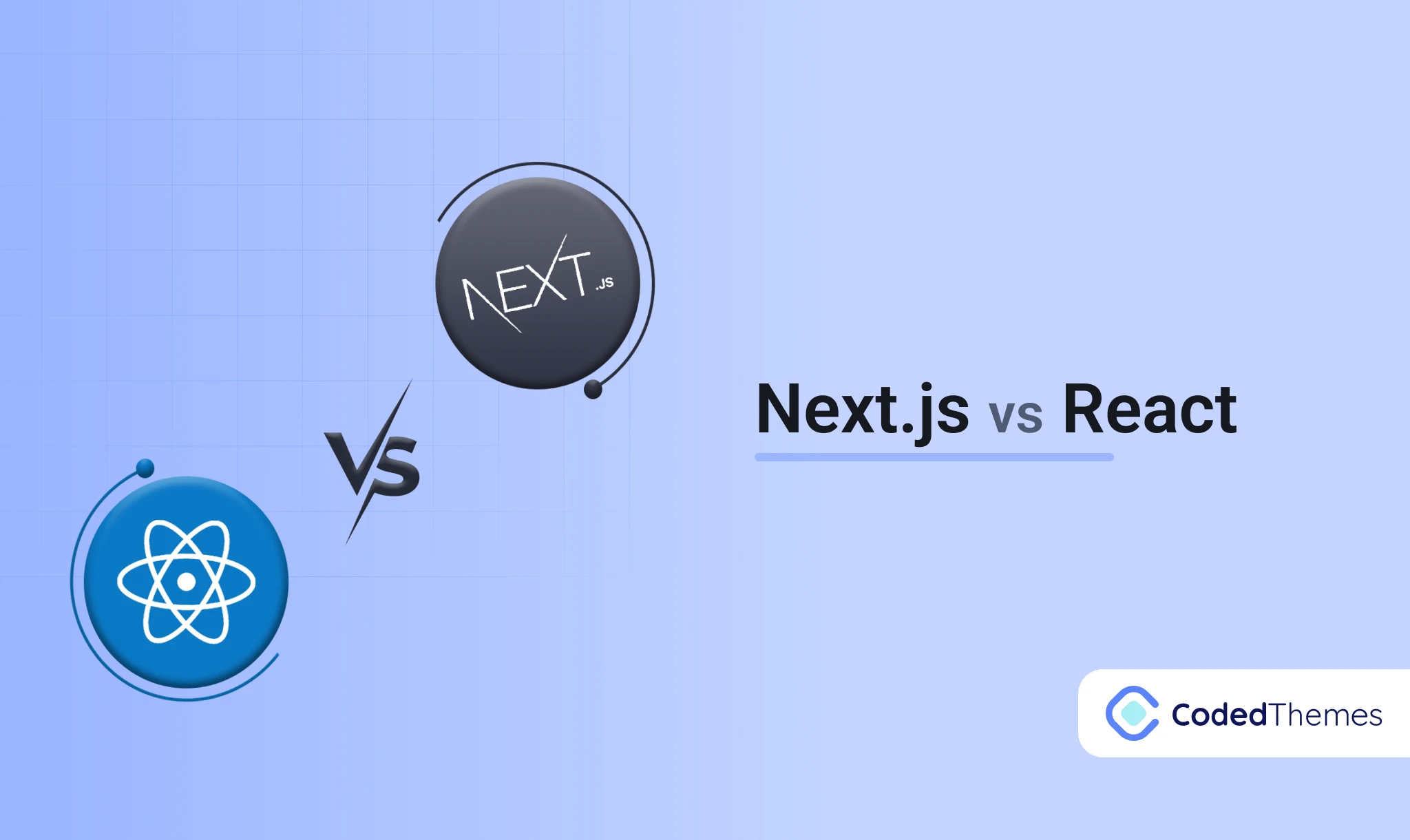



Comments